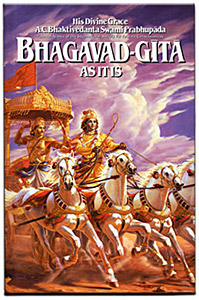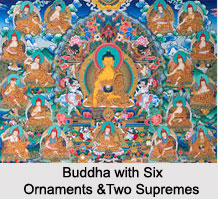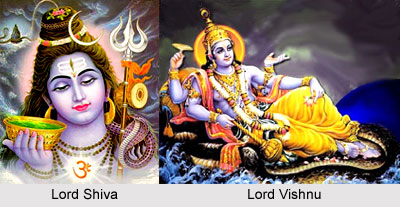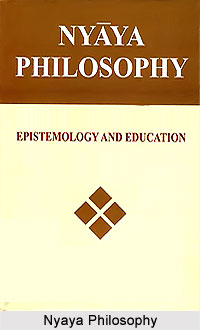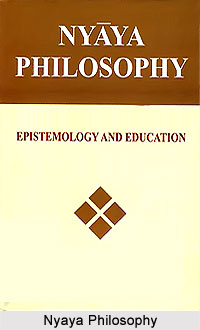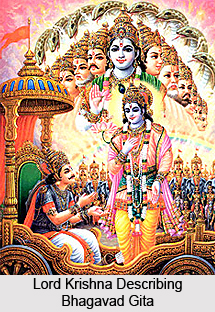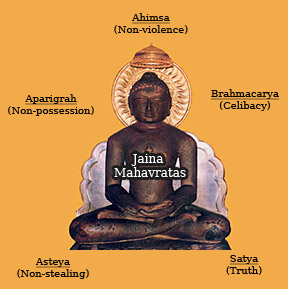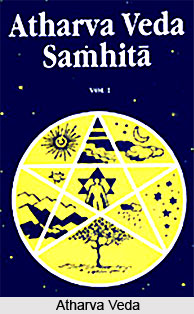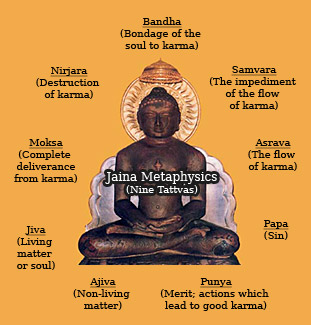Dravya means continuing object or substance: one of the types of objectively real basic features of the cosmos according to the Vaiseshika Philosophy. Dravya is a persistently enduring object with constant nature that possesses persisting qualities and transitory motions. Substance is defined as something that lacks constant absence of qualities and motions. Substances lack qualities and motions at the moment of origination but the object has an identity and a form.
A substance or basic particular is a subject different from its properties rather than a union of properties. The category includes different types of irreducible and indestructible atoms that are comprised of the earth, water, fire and air; the atmosphere, time, space and souls and the inner sense. Atoms are the raw material of the cosmos. Substances are individualized by the different arrangements of their parts. A substance is an integrated whole product that forms a novel unit, over and above the sum of its parts. Each sensory quality is apprehensible only through the corresponding sense organ.
In the Nyaya system there are nine types: prithivi, ap, tejas, vayu, Akasa, Kala, dis, manas and atman. In the Jain system there are six types: jiva, dharma, adharma, pudgala, Kala, and Akasa.
Dravya is applicable to physical objects and ontological entities. There are six dravyas:
Isvara, jiva, jnana, nitya-vibhuti, prakrti and Kala. These six dravyas are classified into Ajada and Jada. Ajada meaning spiritual substance and it includes Isvara, jiva, jnana and nitya-vibhuti. Jada includes prakrti and Kala.
In Jainism, Dravya have three characteristics. It has the quality of existence, quality of permanence through origination and destruction and it is the substratum of attributes and modes. The Dravya is uncreated and cannot be destroyed, its essential qualities remain intact and it is only its mode or condition that can and does change.


